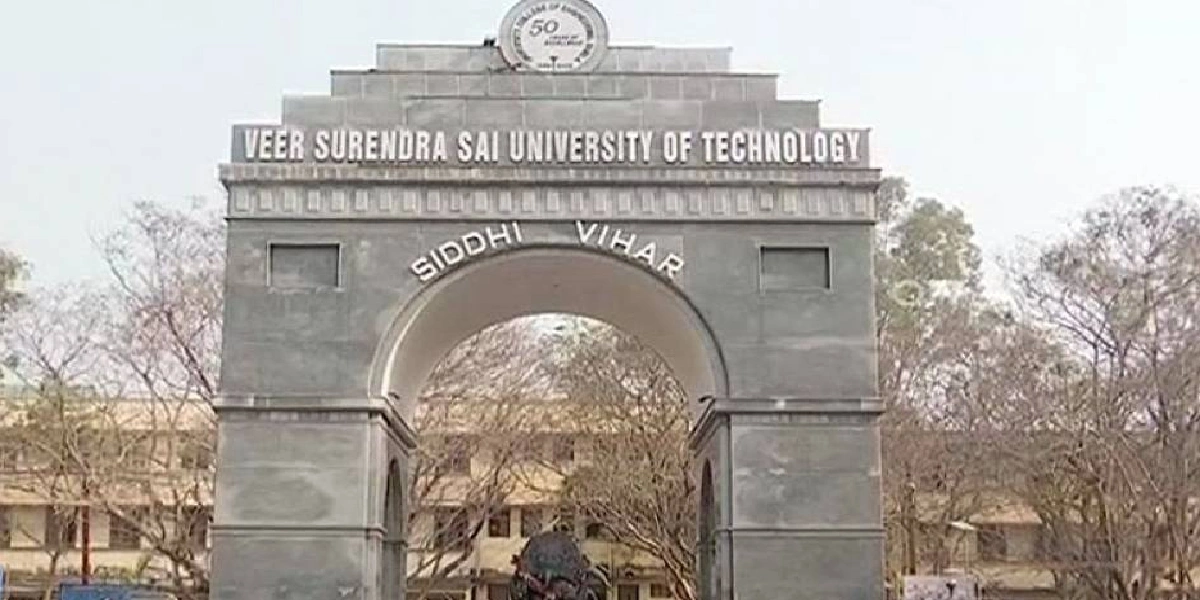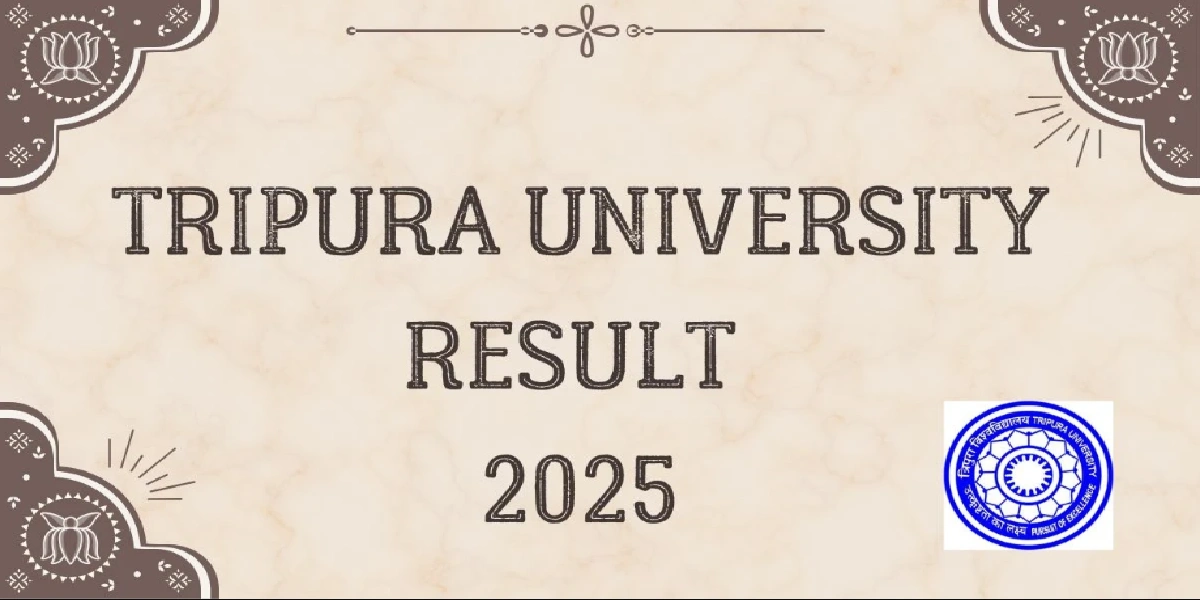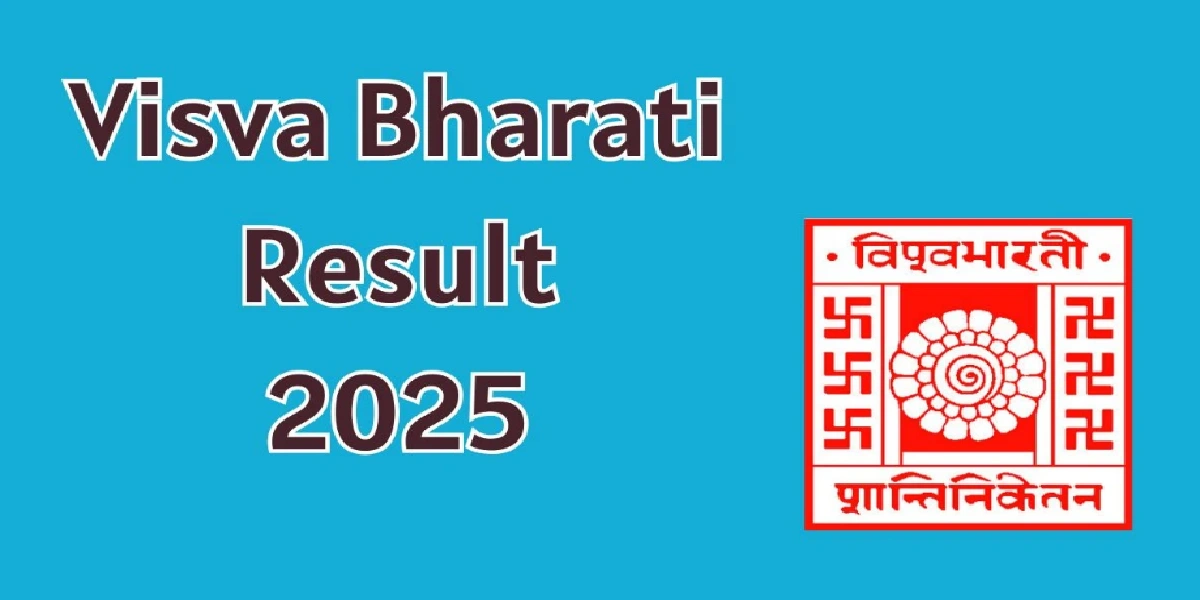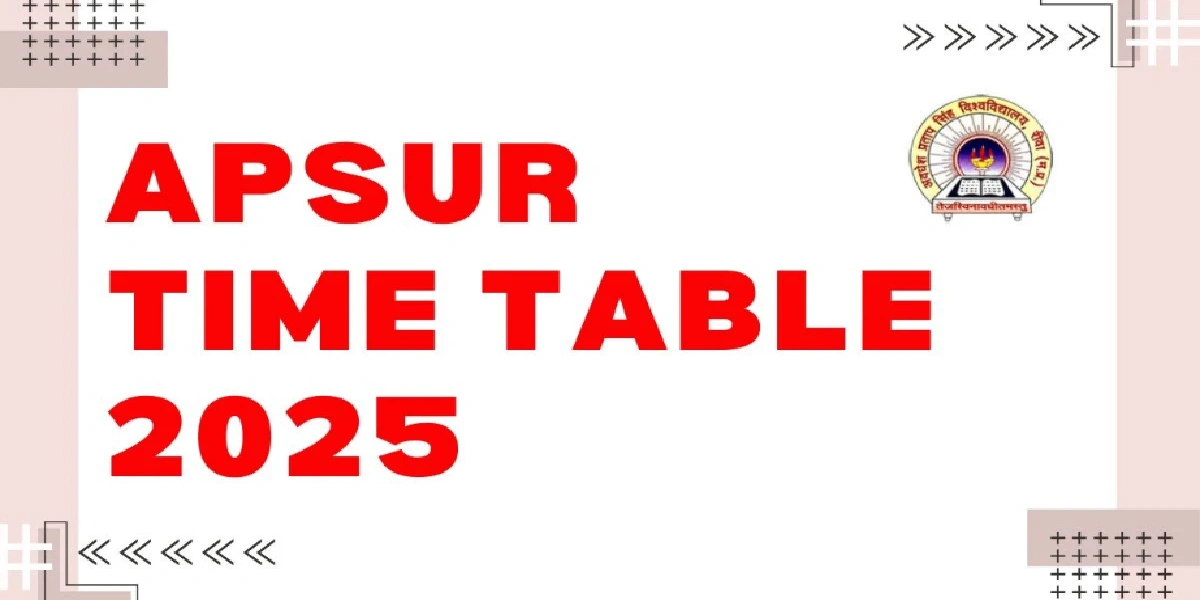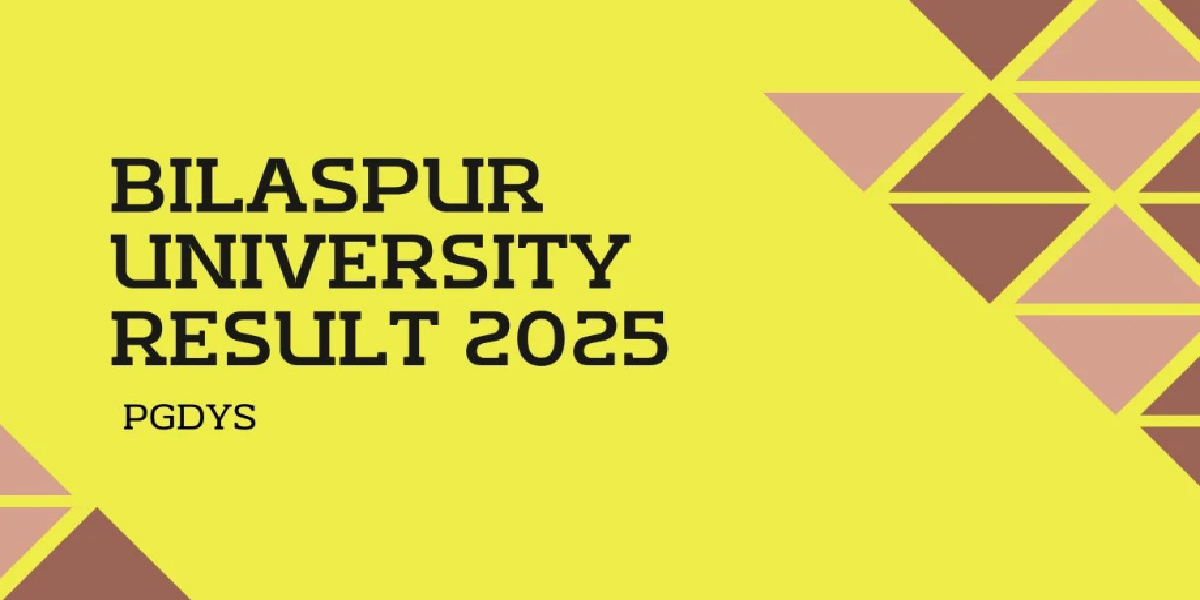Veer Surendra Sai University of Technology (VSSUT), Burla, in Odisha, is renowned for its engineering and technology programs. Known for academic rigor, it’s now fostering a new chapter with a unified dress code.
Why Dress Codes Matter
Dress codes aren’t just about clothes—they’re about identity, safety, and discipline. This formal step shows VSSUT’s commitment to a cohesive student community.
What’s New in the 2025–26 Dress Code
Mandatory Uniform for First-Year UG Students
In a first-ever move, VSSUT has mandated uniforms for first-year undergrads, effective in the 2025–26 academic session. Postgrad and PhD students are exempt.
Male Students: Formal Pants & Shirt
Males must wear formal shirts paired with trousers in specific shades.
Female Students: Formal Pants & Shirt or Shalwar-Kameez + Waistcoat
Females can choose between a pants-shirt combo or traditional shalwar-kameez with an added waistcoat.
Dupatta Ban and Safety Rationale
Dupattas are explicitly banned—primarily due to the risk of them getting caught in lab equipment.
Fabric Consistency & Color Guidelines
Pants, shalwar, and waistcoat must share the same fabric in navy blue. Shirts should be sky blue. Students must match these to sample swatches available on the university notice board.
Implementation & Compliance
Notification Timeline
The dress code was announced via official notification dated August 13, 2025.
Samples Displayed on Notice Board
Samples of the required cloth are displayed on campus to help students match their uniforms properly.
Deadline: End of August 2025
Students must comply with this dress code by the end of August 2025, giving them approximately 15 days to arrange the attire.
Monitoring & Enforcement
Non-compliance won’t go unnoticed—enforcement actions may be taken against students who fail to adhere.
Rationale Behind the Policy
Professionalism & Sense of Community
The Vice-Chancellor described the uniform policy as essential for discipline and professionalism, similar to dress norms in industrial settings.
Safety in Labs & Workshops
Lab safety is a big deal—no more worrying about loose dupattas getting tangled in equipment.
Equality and Unity among Students
A unified dress code helps reduce peer pressure, fosters equality, and cultivates a stronger sense of belonging.
Student and Public Reaction
Positive Reception—Unity & Identity
Many students actually love it—said it encourages unity and cuts off unnecessary comparisons.
Possible Concerns (Comfort, Cost)
None of the sources quote concerns explicitly, but budget and comfort could naturally surface as points of discussion.
How to Comply: Practical Tips
Where to Get the Uniform Materials
Visit local tailors or textile shops in Sambalpur or nearby areas—bring a swatch of the sample for precise matching.
Matching Fabrics and Shades
Show the official sample to vendors to ensure your navy and sky-blue shades are an exact fit.
Alternatives & Budget-Friendly Options
Consider group orders or stitched-in-house tailors to minimize costs. Universities might even facilitate bulk procurement—worth asking!
Conclusion
VSSUT’s decision to introduce a uniform dress code for its first-year undergraduate students marks a new chapter—one rooted in professionalism, safety, and solidarity. With navy blue and sky-blue uniforms, a ban on dupattas, and strict compliance timelines, the initiative reflects a modern, disciplined campus culture. While the change might seem rigid at first, its ability to unify and ensure safety makes it a smart, forward-looking move by the university.
Read also: CBSE Supplementary Exams 2025
